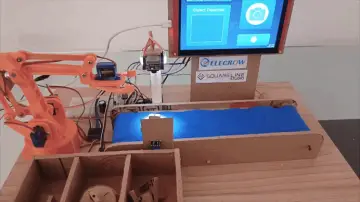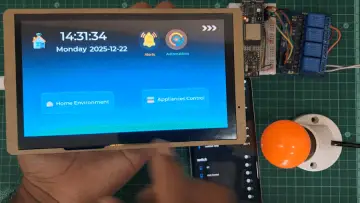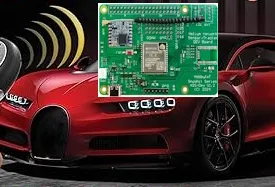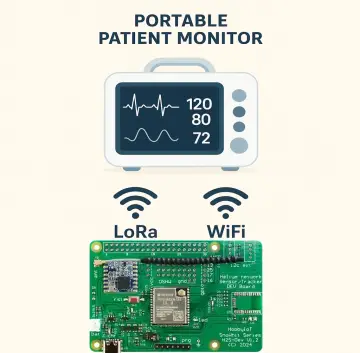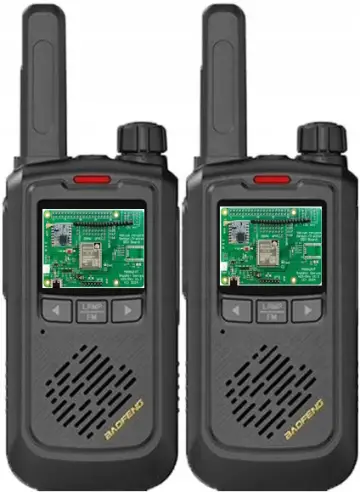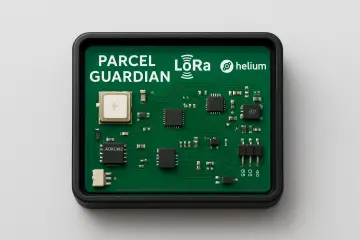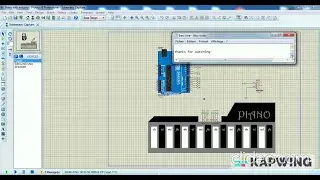Story
The H2S - Dev board as part of a car alarm and immobilizer system would function as a communication link between the car and a remote user (typically the car owner or a security service).
LoRa, which stands for Long Range, is a low-power wide-area network (LPWAN) technology, meaning it’s ideal for sending small amounts of data over long distances with minimal power consumption.
The car would have a LoRa receiver module integrated with its security system (alarm, immobilizer, and possibly other sensors like door or window sensors).
When the car is parked or in “armed” mode, the system would be actively listening for a signal from the user’s mobile device or a dedicated remote.
If an unauthorized person tries to tamper with the car (open doors, break windows, etc.), the alarm could be triggered and the immobilizer could be activated.
The car owner or authorized user would have a mobile app or a dedicated device with a LoRa transmitter.
This app would allow the user to arm or disarm the alarm, check the car's status, or activate/deactivate the immobilizer remotely.
The communication could happen through the LoRa network (if it uses gateways) or over a direct LoRa connection if within range.
If someone tries to break into the car, the LoRa-enabled system can trigger the alarm and send a notification to the user's mobile device.
The immobilizer can be controlled remotely via the LoRa link. If an unauthorized attempt is made to start the car, the immobilizer would prevent the engine from starting by cutting off key components like the ignition, fuel supply, or starter motor.
The system could be programmed to alert the owner if the car moves outside a predefined area or enters a restricted zone.
LoRa works by sending packets of data over long distances with minimal power usage. In a city or rural area, LoRa’s range can be up to 10-15 kilometers in open areas.
The car can have a LoRa gateway in places like parking lots or the owner's home to extend the communication range. The gateway could be connected to the internet, allowing real-time communication with the user, even when they're far away.
The H2S - Dev board could interface with other car security components, such as:
- GPS module to provide the car’s location if it's stolen
- Central Control Unit (CCU) which integrates the entire car's security and immobilizer systems, including engine control.
Principle of operation based on an example of use
The device could work as follows:
Step 1: The owner drives the car and then parks it. They use their mobile app or key fob to arm the system (disabling the immobilizer, activating sensors, and setting up the alarm).
Step 2: If an intruder tries to break into the car, the LoRa module sends an alarm signal to the central unit, triggering the car’s siren and sending a notification to the owner’s mobile device.
Step 3: The immobilizer prevents the car from being started remotely. The owner can use the app to check the car's status or send a signal to disable the alarm or even immobilize it further if needed.
Step 4: If the car is moved without authorization (or outside a safe area), the system can send real-time location updates and alarm notifications.
Key Advantages of LoRa for Car Security
Long Range: LoRa's ability to transmit signals over long distances makes it suitable for monitoring vehicles even in remote or large parking areas.
Low Power Consumption: H2S - Dev board consume very little power, which is ideal for car security systems that may need to run for extended periods on the car’s battery.
Cost-Effective: The long-range, low-cost nature of LoRa hardware makes it a practical option for personal vehicle security.











